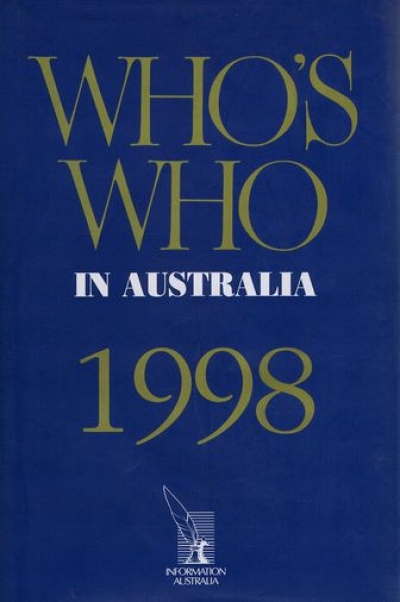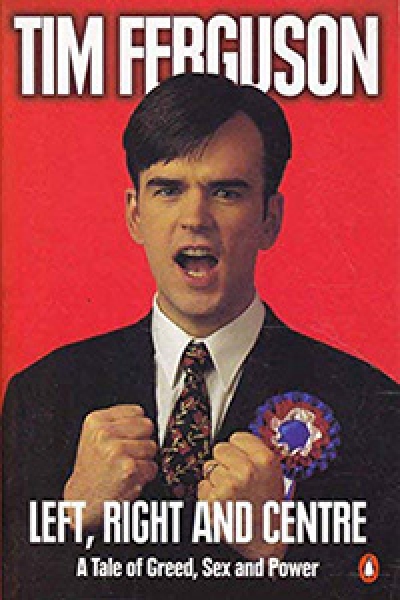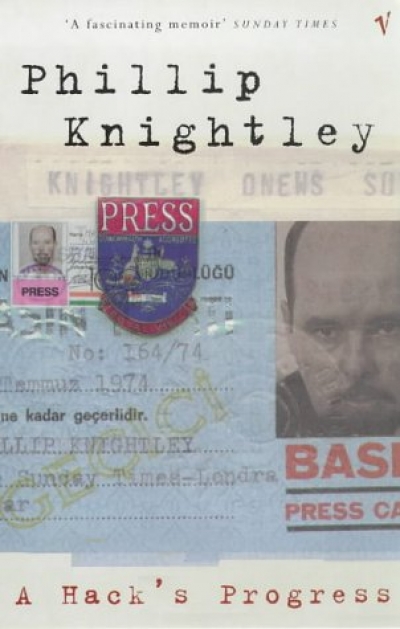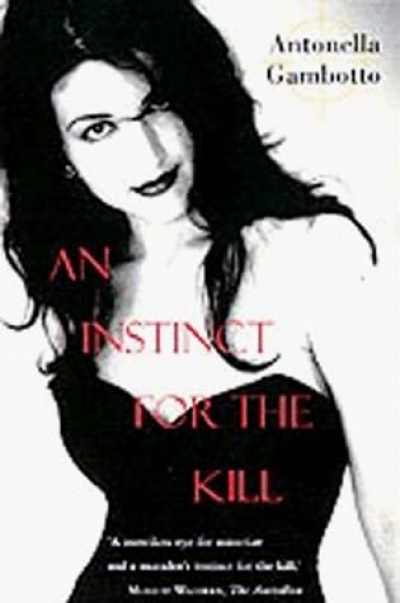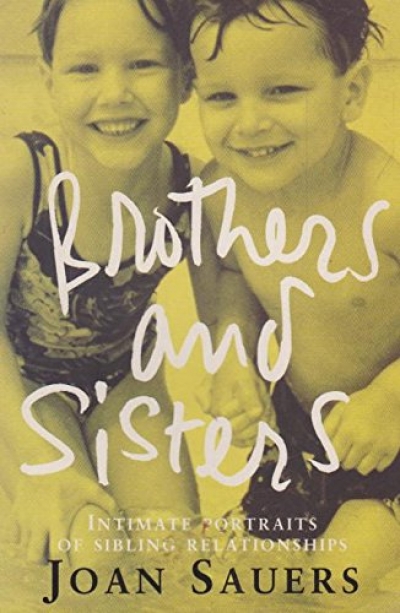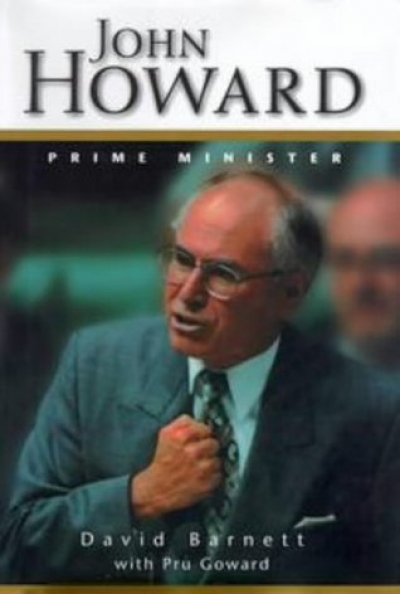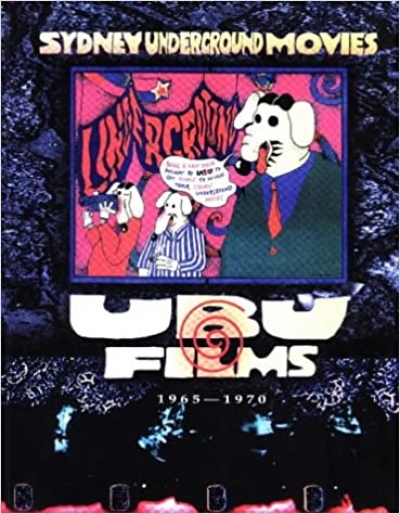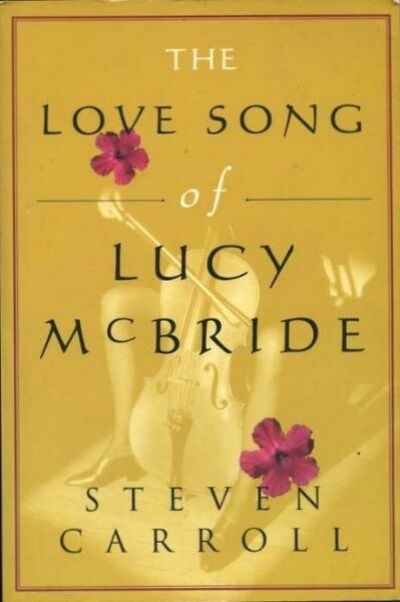Archive
Left, Right and Centre: A tale of sex, greed and power by Tim Ferguson
by Simon Clews •
Brothers and Sisters: Intimate portraits of sibling relationships by Joan Sauers
by Karen Lamb •
The Ghost Names Sing by Dennis Haskell & Album of Domestic Exiles by Andrew Sant
by Brian Henry •
John Howard: Prime Minister by David Barnett and Pru Goward
by Joe Rich •
Straight, Bent and Barbara Vine by Garry Disher & Raisins and Almonds by Kerry Greenwood
by Stuart Coupe •
Ubu Films: Sydney underground movies 1965-1970 by Peter Mudie
by Juno Gemes •

